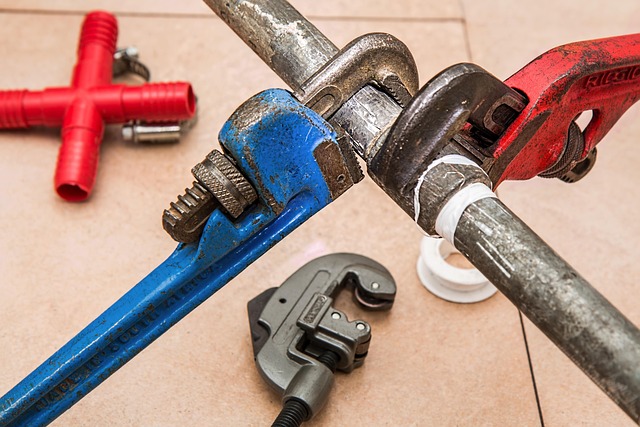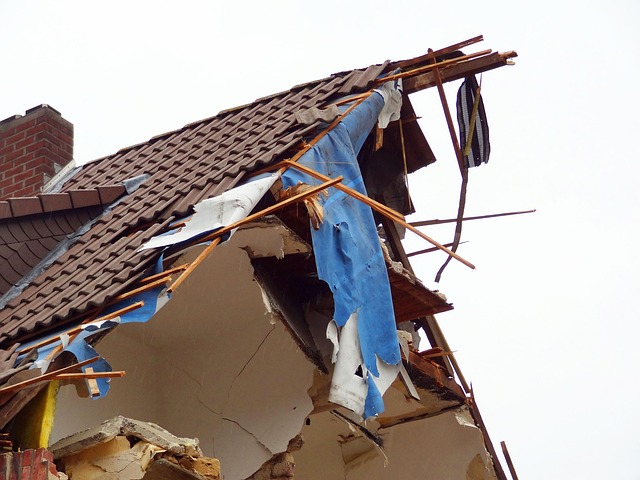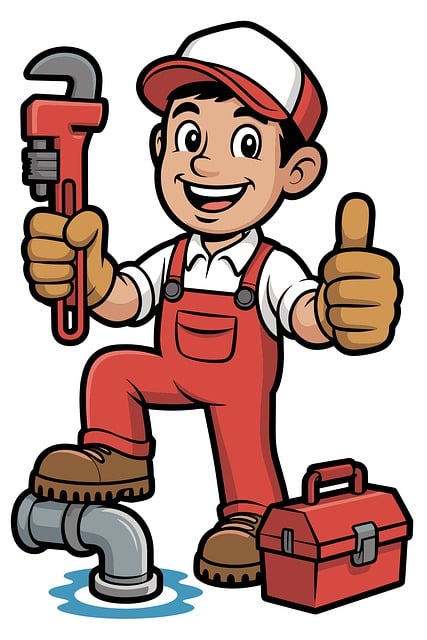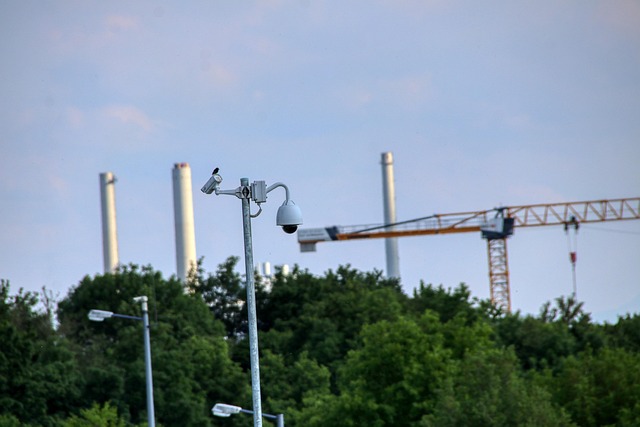Water leaks, often unseen until severe damage occurs, pose significant risks to homes and wallets. Regular leak detection through visual inspections and advanced technology is crucial for early identification. Common sources include pipes, appliances, and plumbing fixtures, with signs like unusual noises, discolored walls, dampness, and high water bills. Prompt action, including turning off the main supply, fixing small leaks, and calling professionals for complex cases, minimizes damage. Homeowners can prevent financial strain by staying vigilant, implementing preventative measures, understanding insurance coverage, and leveraging modern leak detection technologies to safeguard their properties.
Water leaks are a common yet often overlooked home issue, capable of causing significant damage and spiraling costs. This comprehensive guide delves into every aspect of leak detection for homeowners, from identifying common sources and signs to understanding the impact and preventive measures. Learn how to conduct visual inspections, leverage smart devices for monitoring, and know when to call professionals. We also explore insurance considerations and real-life case studies, empowering you with the knowledge to manage leaks effectively.
Understanding Water Leaks: Common Sources and Signs

Water leaks can go unnoticed for weeks, months, or even years, causing significant damage to your home and leading to exorbitant repair bills. Understanding common sources and signs of water leaks is crucial for early detection, enabling homeowners to take prompt action before substantial harm occurs.
Leak detection is essential as water intrusion can stem from various sources like pipes, appliances, roofs, or even faulty plumbing fixtures. Signs may include unusual noises coming from pipes, discolored or bloated walls, dampness in basements or crawl spaces, and unexplained spikes in water bills. Regular inspection and addressing these indicators promptly are key to mitigating potential disaster and saving homeowners from costly renovations.
The Impact of Water Leaks: Costs and Potential Damage

Water leaks can have a significant impact on homeowners, both financially and in terms of potential property damage. The cost of repairing a leak can vary greatly depending on its location and severity. Small, early-stage leaks might only require the replacement of a faulty pipe or faucet, while larger, untreated leaks can lead to severe structural damage, mold growth, and even foundation erosion over time.
Beyond the immediate financial burden, water leaks can create a host of unforeseen issues. Persistent moisture can encourage the growth of harmful bacteria and mildew, posing health risks to residents. Moreover, leaks in attics or walls can cause substantial property damage, affecting not just the affected areas but potentially the entire structure. Regular leak detection is crucial for homeowners to mitigate these risks and avoid costly repairs down the line.
Preventive Measures: Tips for Homeowners to Avoid Leaks

To prevent leaks, homeowners can take several proactive measures. First, regular inspection is key; check pipes, fixtures, and appliances for any signs of damage or wear and tear. Simple repairs or replacements can go a long way in avoiding leaks. Additionally, maintaining proper ventilation in basements and attics can reduce moisture build-up, a common cause of water leaks.
Homeowners should also be mindful of their water usage patterns and ensure that all appliances are installed correctly and maintained regularly. Using aerators on faucets and low-flow showerheads can help conserve water and reduce pressure, thereby minimizing the risk of leaks. Finally, staying vigilant about unusual sounds or smells coming from plumbing systems could indicate potential issues before they turn into full-blown leaks.
Visual Inspection: A DIY Guide for Leak Detection

Performing a visual inspection is often the first step in identifying potential leak issues within your home. As a DIY enthusiast, you can equip yourself with a few essential tools and take on this task to become more proactive about leak detection. Start by gathering a flashlight, a ladder (if necessary), and a thorough understanding of your home’s water supply system. Examine visible areas such as pipes, fittings, and appliances for any signs of damage, corrosion, or unusual discoloration. Check for leaks at the base of sinks, showers, and toilets, where moisture might accumulate.
Don’t overlook less obvious spots like walls, ceilings, and floors. Look for stains, peeling paint, or any warping that could indicate a leak. Pay close attention to areas with pipes passing through walls or attics, as these are common places for leaks to develop unnoticed. By conducting regular visual inspections, you can catch potential issues early on, preventing minor problems from turning into costly repairs.
Advanced Technology: Using Smart Devices for Leak Monitoring

In today’s digital era, advanced technology has revolutionized leak detection for homeowners. Smart devices equipped with sensors and connectivity features offer a proactive approach to monitoring potential water leaks. These gadgets can detect even the smallest滴漏, providing real-time alerts through apps on your smartphone. Imagine receiving instant notifications when a pipe bursts or an appliance starts leaking – it’s a game-changer for preventing costly damage.
From smart leak detectors to connected water meters, these innovative tools offer remote monitoring and control. Homeowners can stay informed about their plumbing system’s health, set alerts for unusual water usage, and even turn off water supplies remotely in case of emergencies. This not only saves time and money but also helps foster a proactive mindset when it comes to maintaining a home’s most valuable asset: its plumbing system.
Professional Leak Detection Services: When to Call Experts

Many homeowners attempt DIY leak detection methods, but for complex or hidden issues, professional services are indispensable. Experts employ advanced technology like moisture meters and thermal imaging cameras to pinpoint leaks accurately, especially in hard-to-reach areas. They also offer non-invasive techniques, avoiding extensive home renovations.
Calling professionals is crucial when leaks persist despite initial repairs, indicating a larger problem. It’s also recommended for new constructions or old homes with outdated plumbing, as these situations often require specialized knowledge and tools for safe and effective leak detection.
Repairs and Maintenance: Addressing Leaks Once Detected

Once a leak is detected, it’s crucial to address it promptly to prevent further damage and costly repairs. The first step involves identifying the source of the leak, whether it’s coming from pipes, toilets, or appliances. Homeowners should have basic knowledge of their plumbing system to pinpoint the issue. Turn off the main water supply valve and assess the situation – if it’s a small drip, a simple repair might be all that’s needed, such as replacing a worn-out washer in a faucet.
For larger leaks, professional help is recommended. Plumbers can inspect the affected areas, fix damaged pipes or appliances, and offer maintenance tips to prevent future leaks. Regular maintenance, including checking for leaks around fixtures and insulating pipes during colder months, can significantly reduce the risk of water damage.
Insurance Considerations: Coverage for Water Damage

When it comes to protecting your home and finances, understanding your insurance coverage is crucial. One common concern for homeowners is water damage caused by leaks, which can range from small drips to major floods. Many home insurance policies include coverage for water damage, but the specifics vary greatly between providers and policy types.
Leak detection systems can play a vital role in mitigating these risks. By quickly identifying and alerting you to potential leak issues, these systems enable prompt action to prevent extensive water damage. Additionally, having a leak detection system installed may even qualify you for reduced premiums on your home insurance, as insurers often view proactive measures as favorable. Thus, investing in leak detection not only protects your home but also supports the financial security provided by your insurance policy.
Case Studies: Real-Life Examples of Successful Leak Management

Leak detection has proven its value through numerous real-life applications, offering homeowners peace of mind and significant cost savings. Case studies highlight successful leak management in various settings. For instance, a recent study documented the effective use of advanced sensors and AI algorithms to identify hidden leaks in elderly care facilities, reducing water waste by 30% within months. This approach is particularly beneficial for large properties where manual checks are time-consuming.
Another compelling example involves a suburban family whose persistent, unexplained water bills led them to seek professional leak detection services. Through non-invasive techniques like infrared thermal imaging and acoustic monitoring, the team located multiple leaks, including one behind a wall that had gone unnoticed for years. This early detection prevented substantial damage and saved the family thousands of dollars in potential repairs. Such stories underscore the importance of proactive leak management for homeowners.
